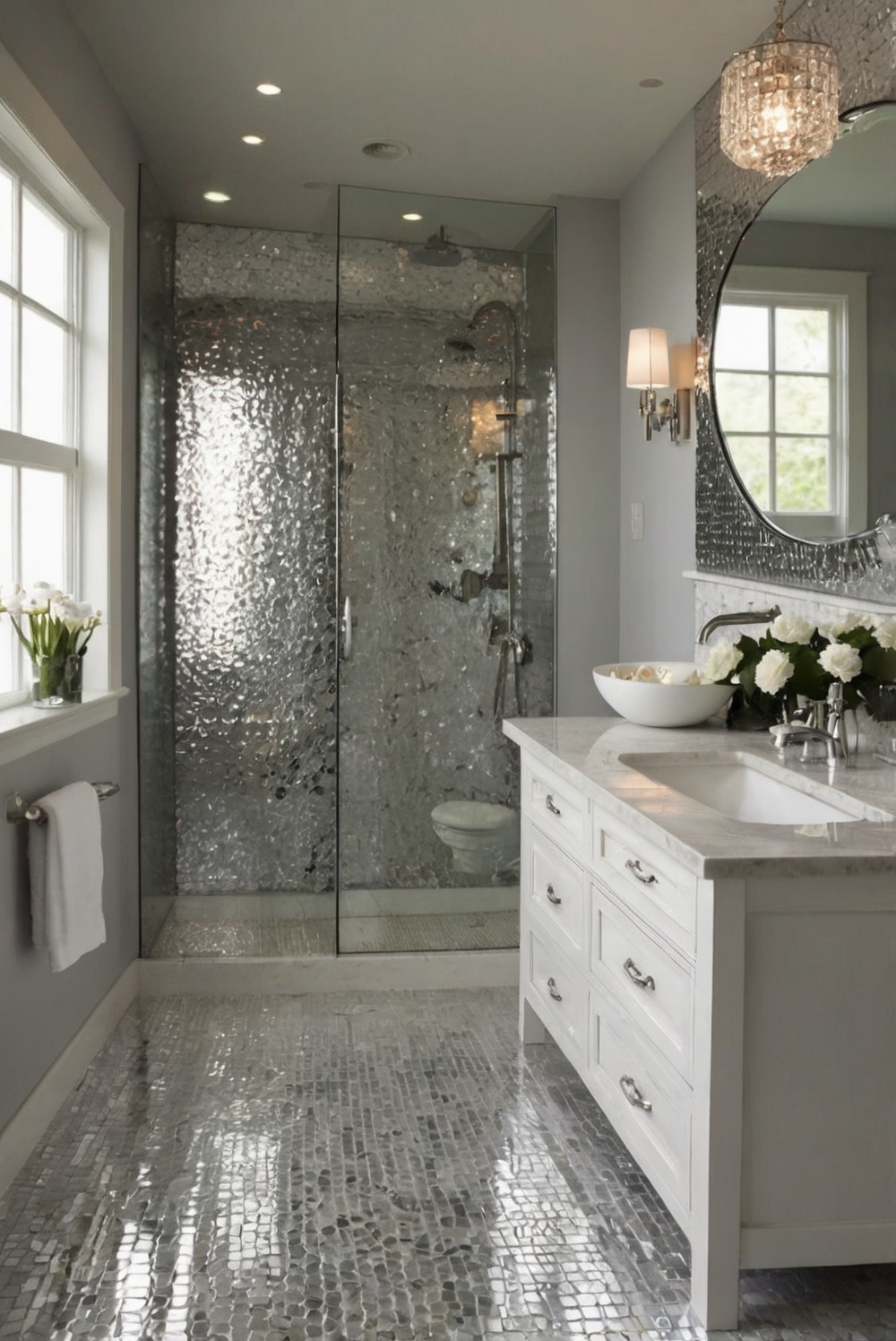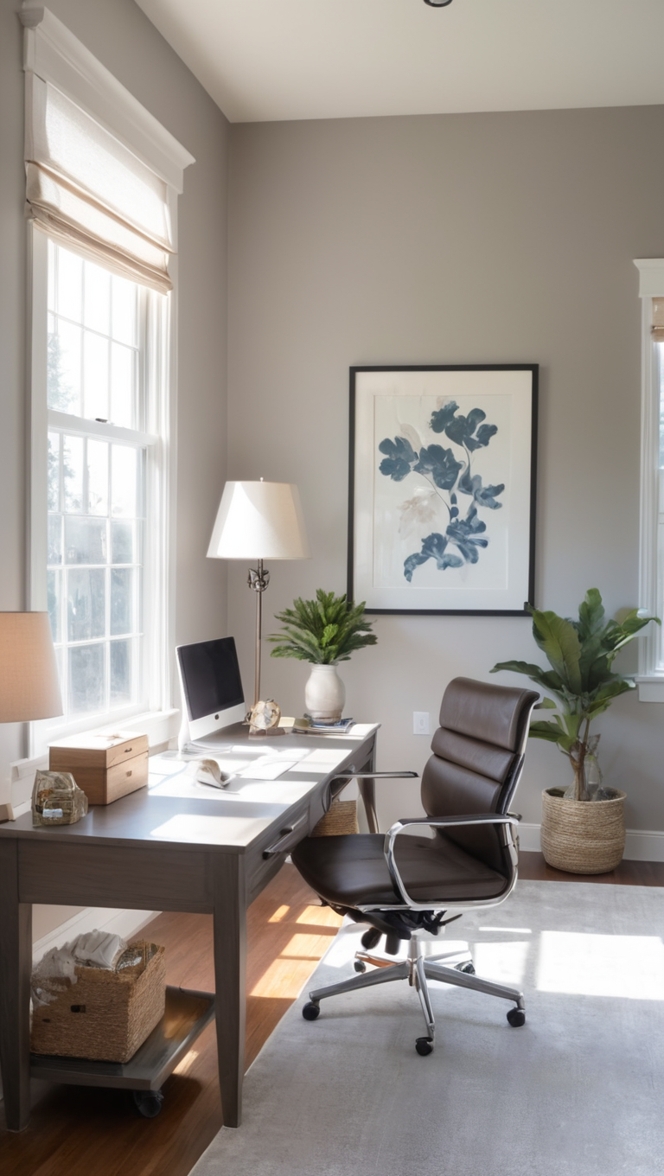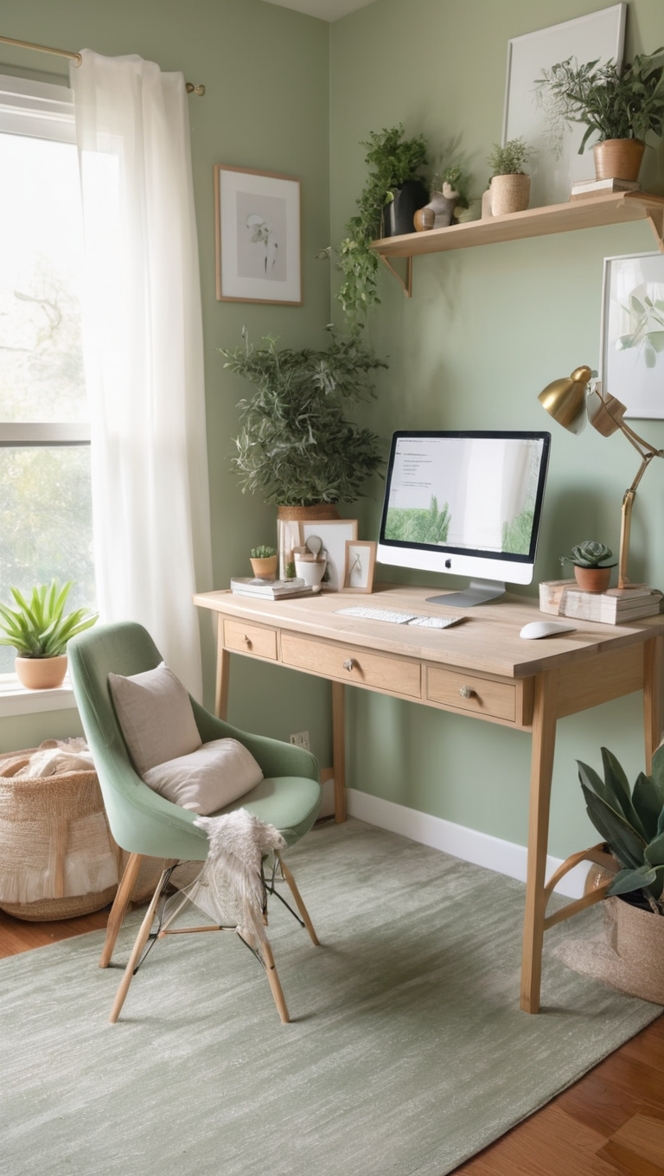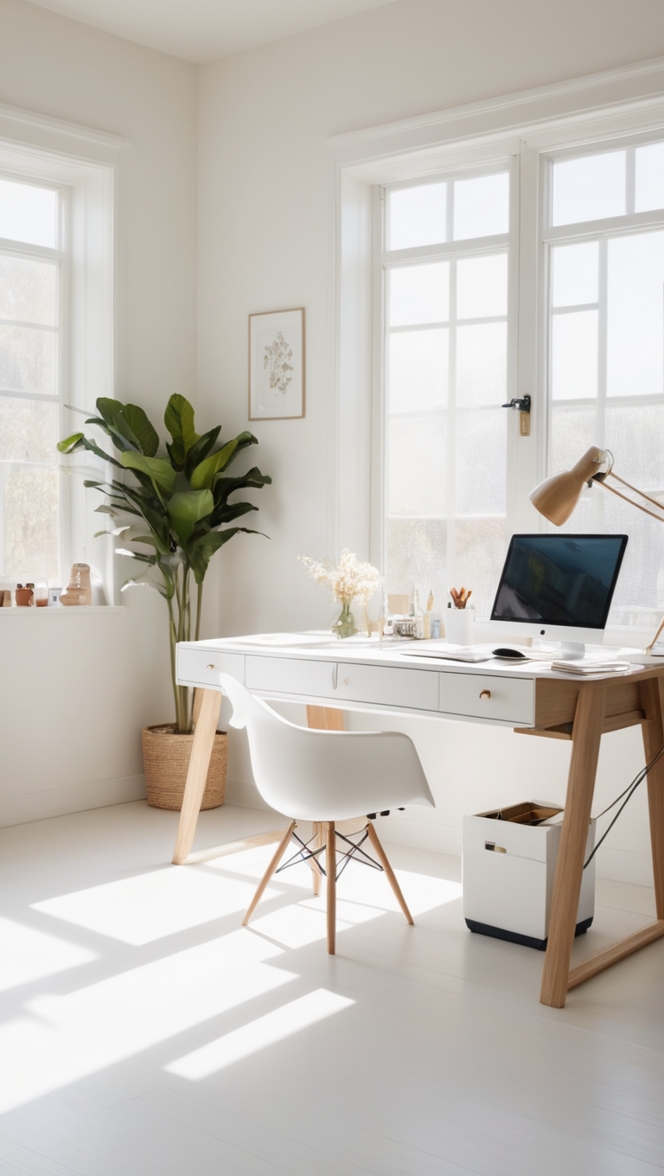Upgrade your bathroom with the benefits of using mirrored tiles. Discover how these reflective surfaces can enhance your space and create a stunning design.
**What Are the Benefits of Using Mirrored Tiles in Bathroom Design? (Enhance Your Space)**
**Enhance Your Space**
Mirrored tiles in bathroom design offer several benefits, including creating the illusion of a bigger space, reflecting light for a brighter atmosphere, and adding a touch of elegance to the overall aesthetic. Additionally, mirrored tiles are easy to clean and maintain, making them a practical choice for bathroom walls or backsplashes. To maximize the benefits, consider using mirrored tiles strategically in areas that receive ample natural light to enhance the reflective properties. When incorporating mirrored tiles into your bathroom design, be mindful of balancing them with other materials to avoid creating a visually overwhelming space.
Using mirrored tiles in a bathroom design can bring numerous benefits to your space, especially in a small bathroom. Here’s a detailed look at how to install mirrored tiles in a bathroom, the advantages of using mirrored tiles in small bathroom spaces, cleaning and maintenance tips, associated risks, ways to enhance lighting, and effective ways to incorporate mirrored tiles into your bathroom design:
To begin with, installing mirrored tiles in a bathroom can be a fantastic way to enhance the overall aesthetics of your space. It creates a sense of elegance and sophistication while also making the room appear larger and more spacious. Here’s how you can install mirrored tiles in your bathroom design:
Start by measuring the area where you want to install the mirrored tiles. Ensure you have the right dimensions to avoid cutting tiles during installation.
Prepare the surface by cleaning it thoroughly and ensuring it is flat and smooth. This will help the tiles adhere better.
Apply an appropriate adhesive to the back of the mirrored tiles and press them firmly onto the surface, starting from one corner and working your way across.
Use tile spacers to ensure even gaps between the tiles and allow the adhesive to dry completely before grouting.
Once the adhesive has set, apply grout between the tiles and wipe off any excess grout with a damp sponge.
Allow the grout to dry completely before sealing the tiles with a suitable sealant to protect them from moisture and dirt.
Now, let’s explore the benefits of using mirrored tiles in small bathroom spaces:
Mirrored tiles can reflect light and create the illusion of a larger space, making small bathrooms appear more open and airy.
They can brighten up a dark bathroom by reflecting natural or artificial light, reducing the need for additional lighting fixtures.
Mirrored tiles can add a touch of glamour and sophistication to your bathroom design, creating a luxurious and stylish atmosphere.
They are easy to clean and maintain, providing a sleek and modern look that can enhance the overall aesthetics of your bathroom.
Mirrored tiles can be versatile and used in various ways, such as on walls, floors, or as accent pieces to create visually appealing designs.
When it comes to cleaning and maintaining mirrored tiles in a bathroom, here are some tips to help you keep them looking their best:
Use a soft microfiber cloth or sponge with mild soap and water to clean the mirrored tiles regularly and remove any dirt or smudges.
Avoid using harsh chemicals or abrasive cleaners that can damage the reflective surface of the tiles.
Dry the tiles thoroughly after cleaning to prevent water spots or streaks from forming on the mirror surface.
Check for any signs of discoloration, peeling, or damage to the tiles, and address any issues promptly to prevent further deterioration.
While using mirrored tiles in a bathroom design can offer several benefits, there are some risks associated with their use:
Mirrored tiles can be fragile and easily break if not handled carefully during installation or maintenance.
They can show water spots, fingerprints, and streaks more prominently compared to other tile materials, requiring frequent cleaning to maintain their reflective appearance.
The reflective surface of mirrored tiles can also highlight imperfections in the walls or floors, so proper preparation of the surface is essential before installation.
To enhance lighting in your bathroom using mirrored tiles, consider the following tips:
Strategically place mirrors or mirrored tiles near light sources to reflect natural or artificial light and illuminate dark corners.
Opt for larger mirrored tiles or install them on entire walls to maximize light reflection and create a brighter ambiance in the bathroom.
Use light-colored grout or backing materials behind the mirrored tiles to enhance the reflective properties and increase the brightness of the space.
Experiment with different lighting fixtures, such as LED strip lights, sconces, or pendant lights, to complement the reflective qualities of the mirrored tiles and create a well-lit environment.
Finally, to effectively incorporate mirrored tiles into a cohesive bathroom design scheme, consider the following strategies:
Balance the use of mirrored tiles with other tile materials or finishes to create visual interest and prevent an overwhelming reflective effect.
Mix and match mirrored tiles with textured or matte surfaces to add depth and dimension to the bathroom design.
Use mirrored tiles as accent pieces or focal points in the bathroom, such as in a shower niche, vanity backsplash, or feature wall.
Combine mirrored tiles with decorative elements like plants, artwork, or colorful accessories to add warmth and personality to the space.
Coordinate the colors and patterns of the mirrored tiles with the overall color scheme and style of the bathroom to create a harmonious and cohesive design.
In conclusion, using mirrored tiles in a bathroom design can offer numerous benefits, from enhancing the aesthetics of the space to optimizing lighting and creating a sense of openness. By carefully considering the installation process, cleaning and maintenance requirements, associated risks, lighting enhancement techniques, and design integration strategies, you can effectively incorporate mirrored tiles into your bathroom to elevate its style and functionality.








